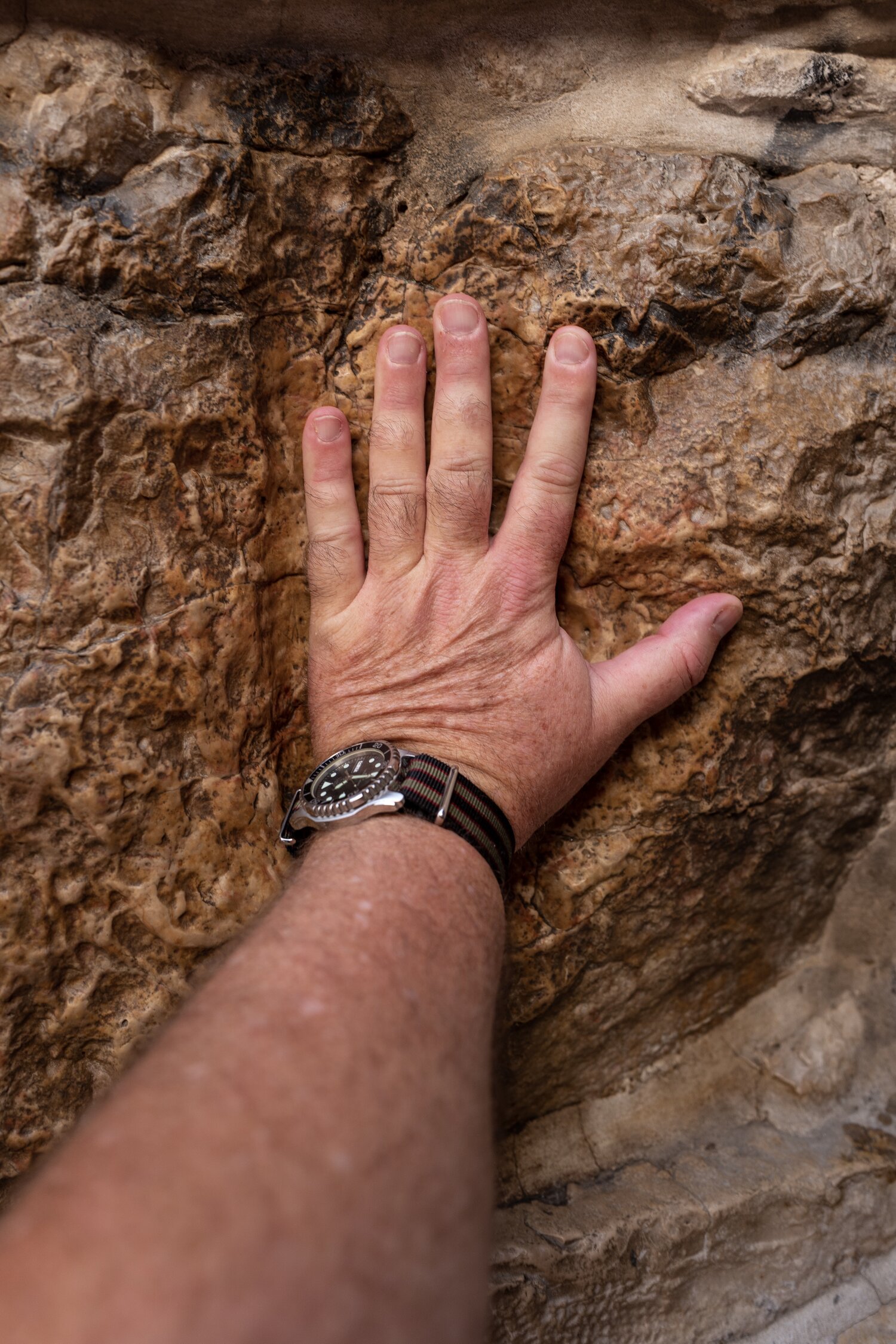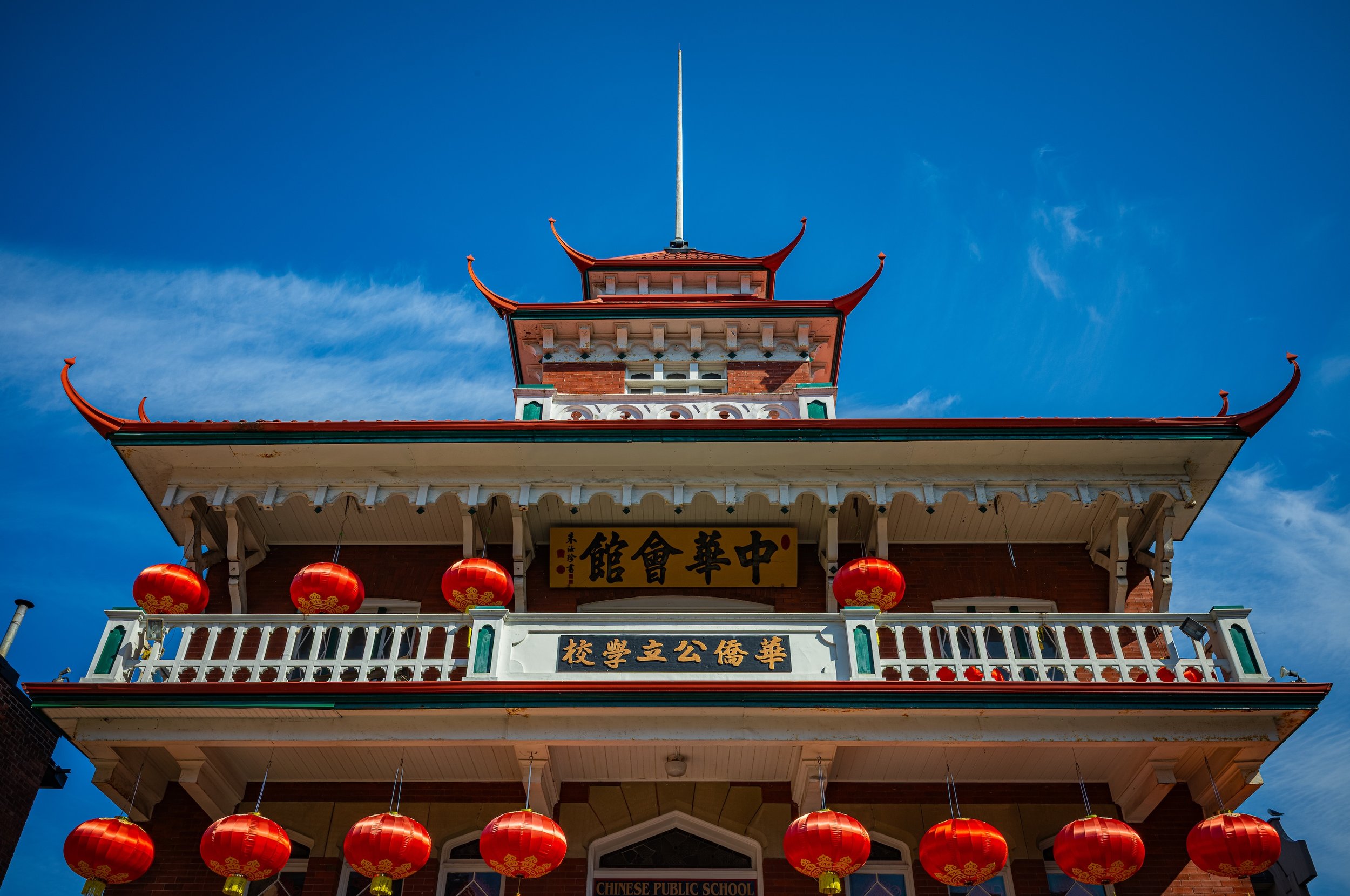
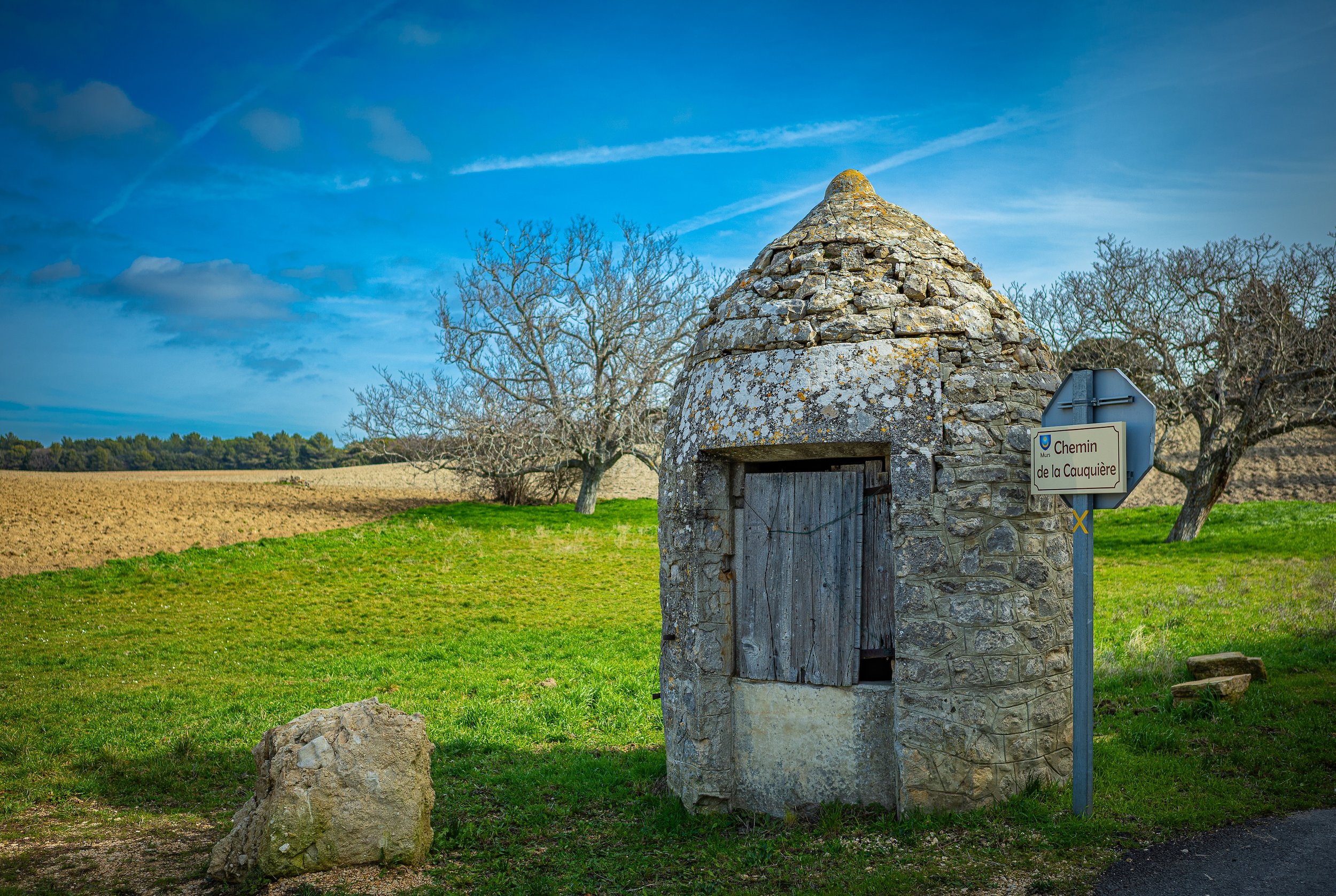
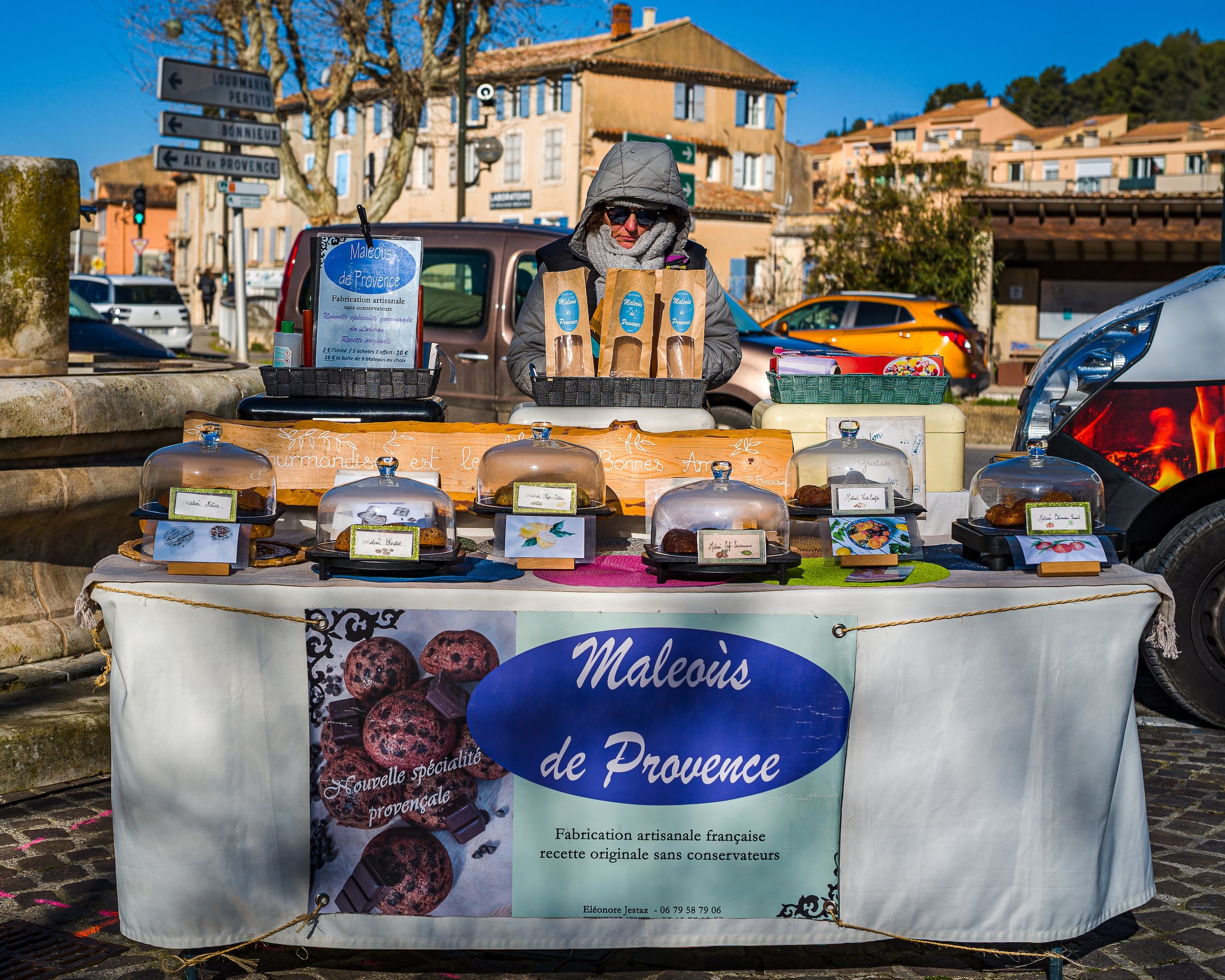
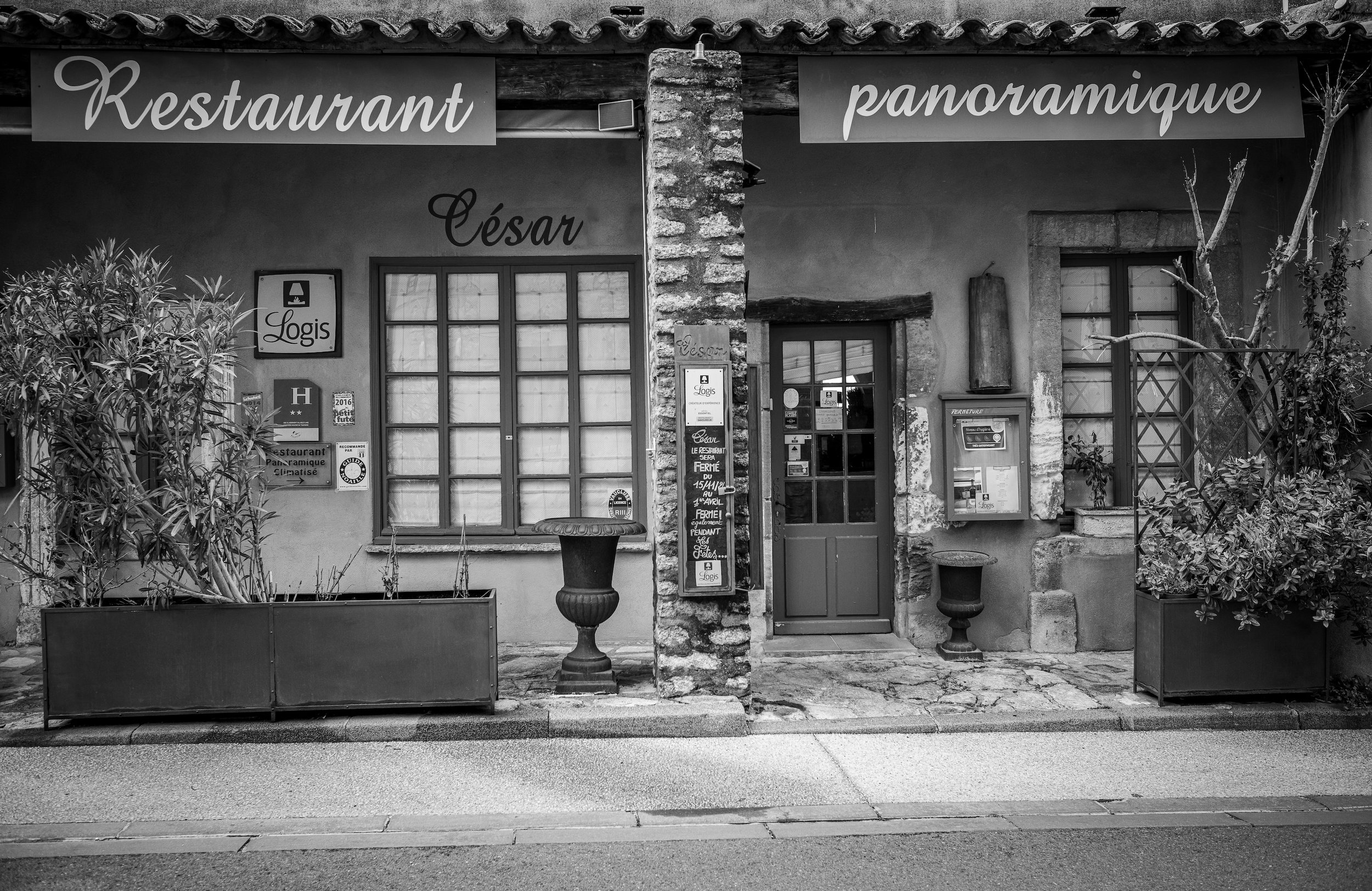


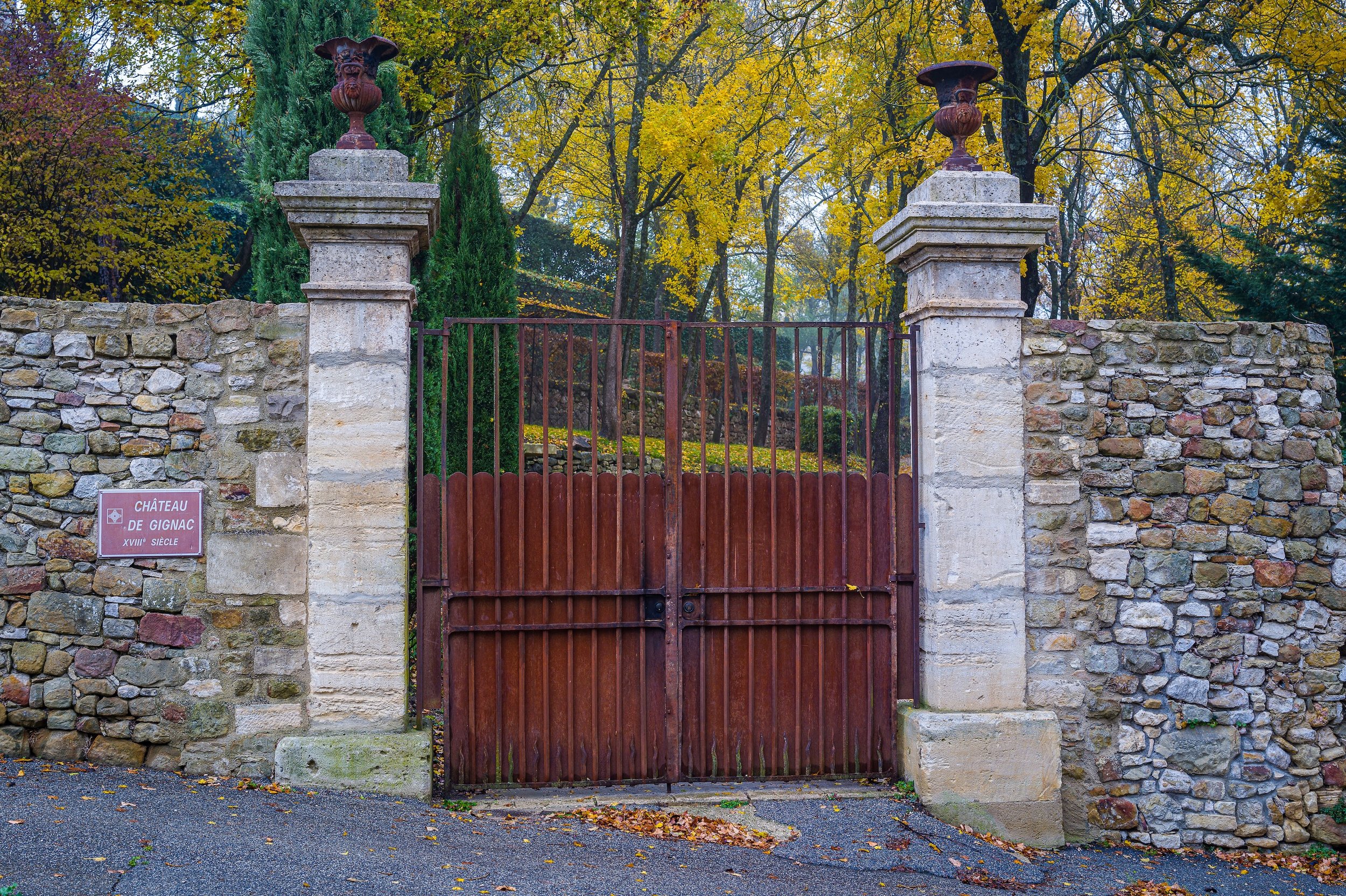


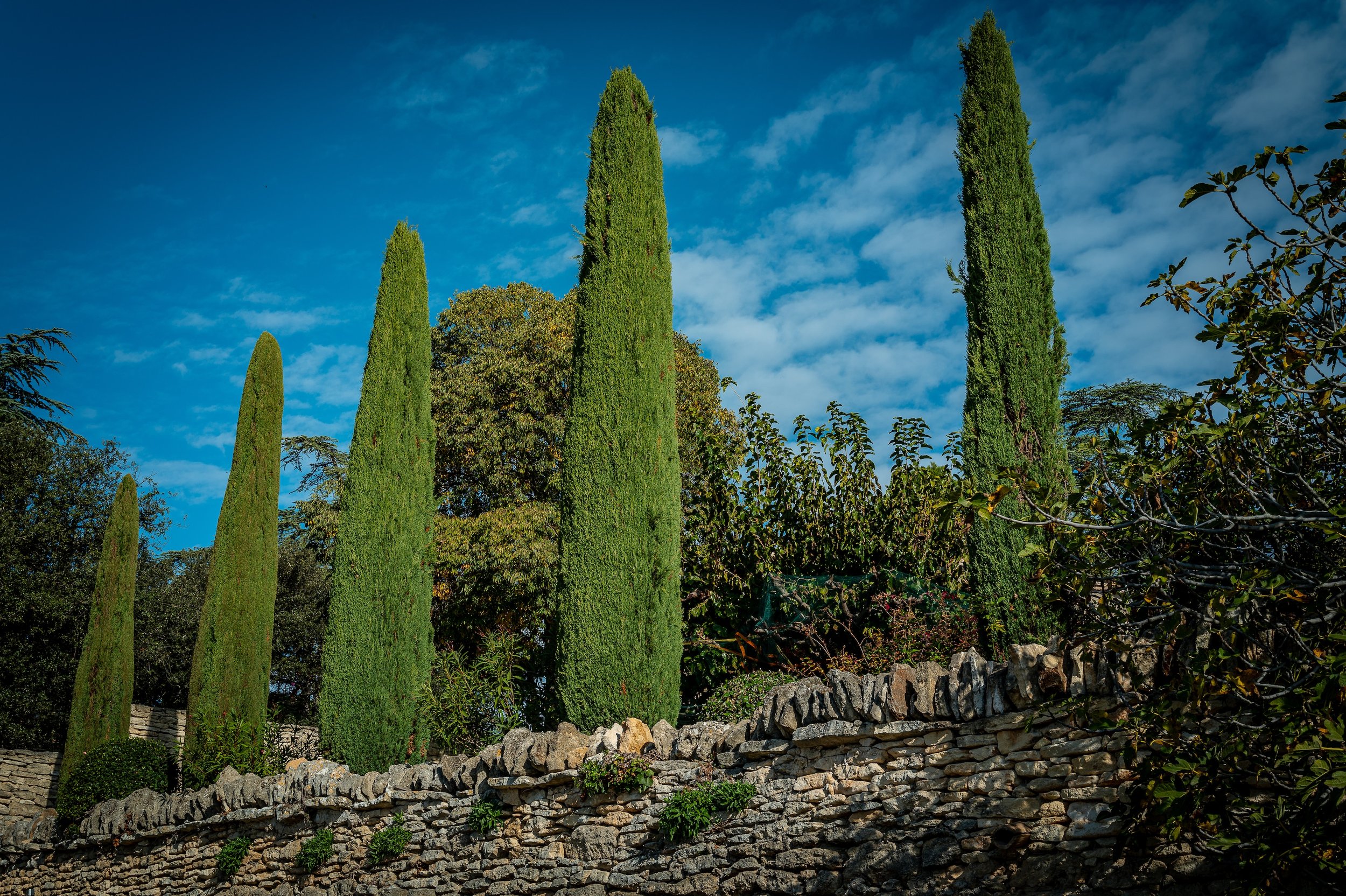
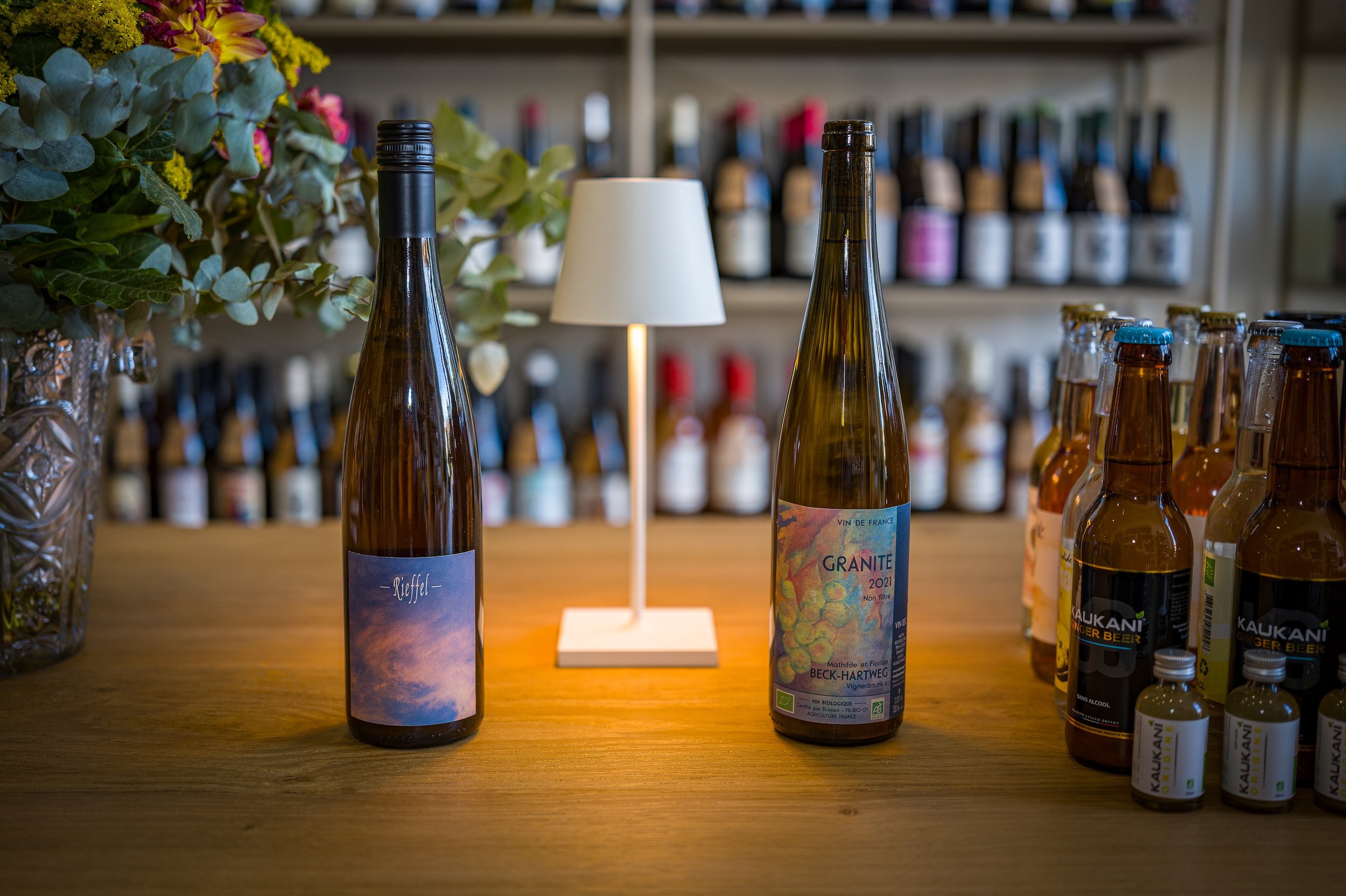
Roots of Resilience: How a New York City Couple Found Prosperity in the Luberon
Travels with Leica Cameras.

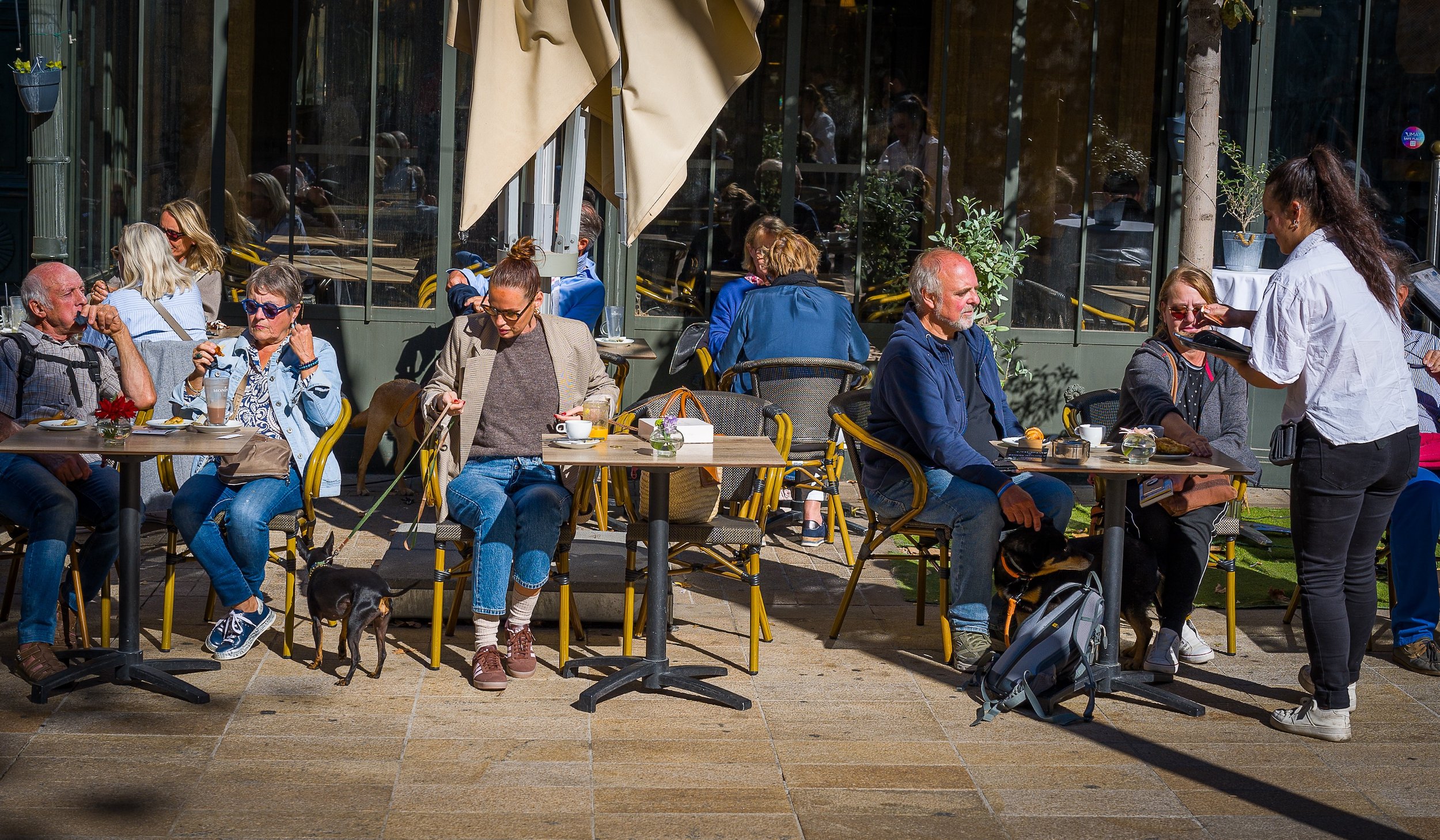
The Cafe Culture of Aix en Provence captured by the Leica Q3 43.
Leica Cameras for Travel.

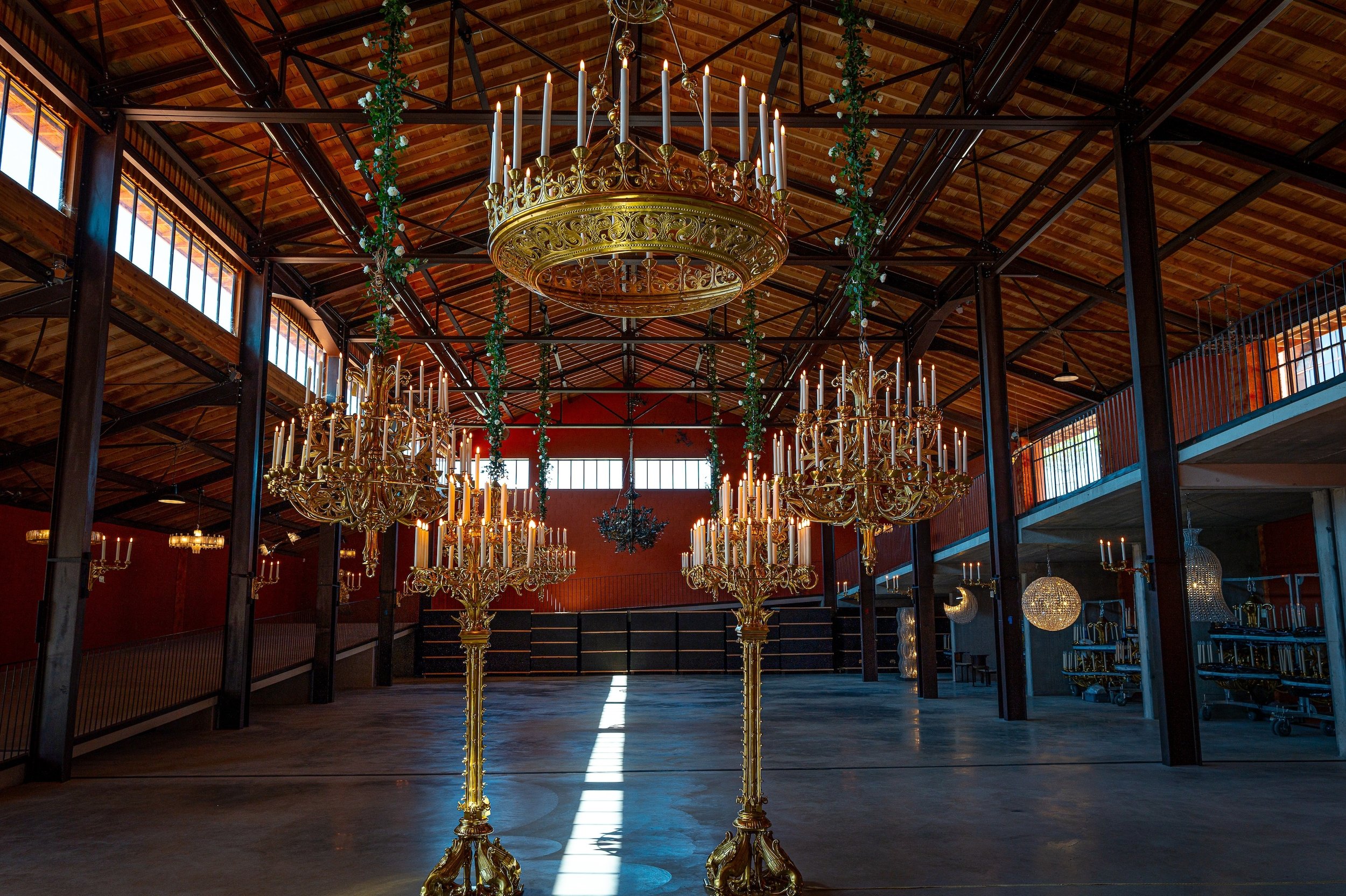
A Luminous Pilgrimage: My Visit to Mathieu Lustrerie in Gargas, France.
Leica Cameras for Travel.
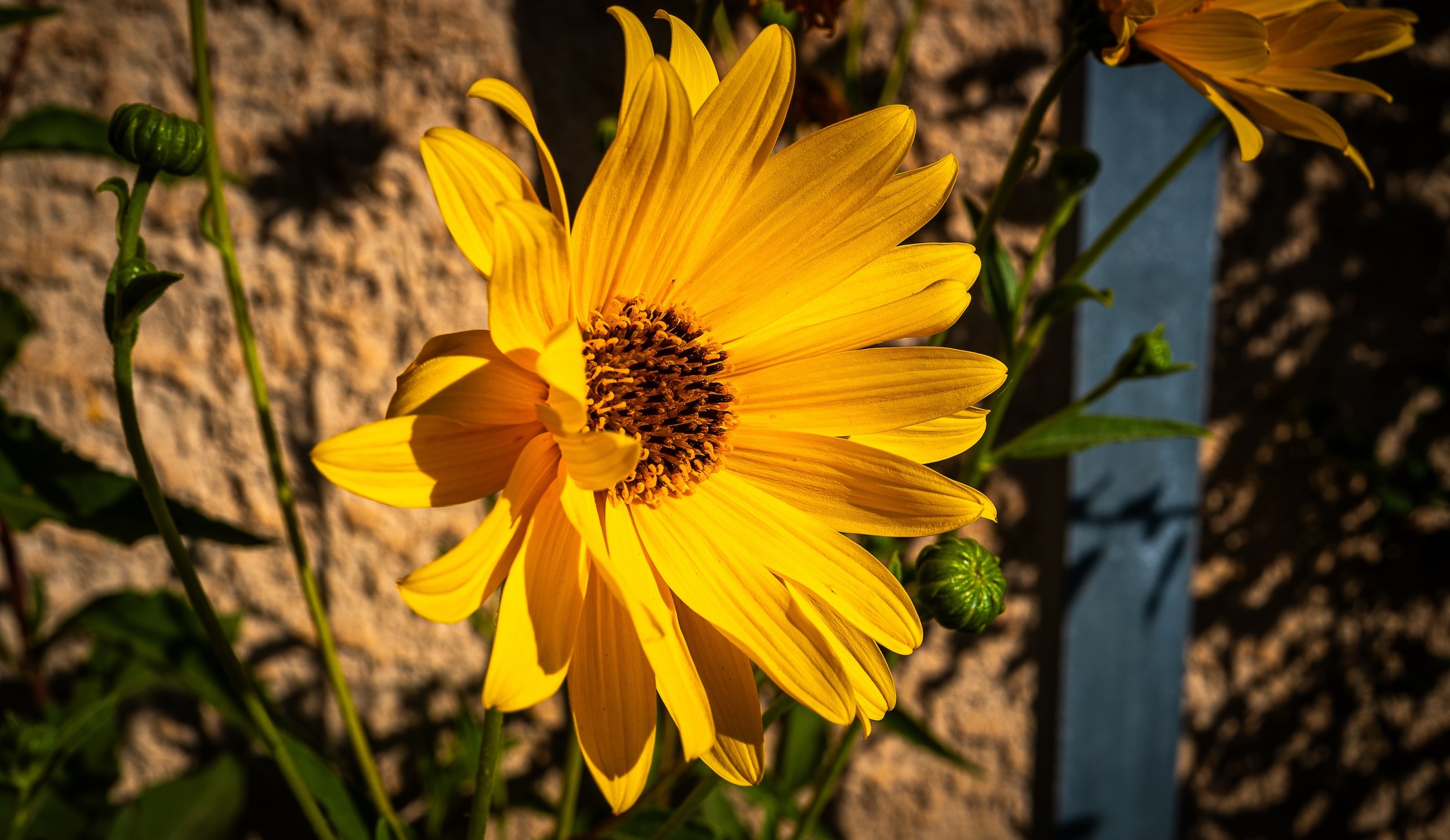
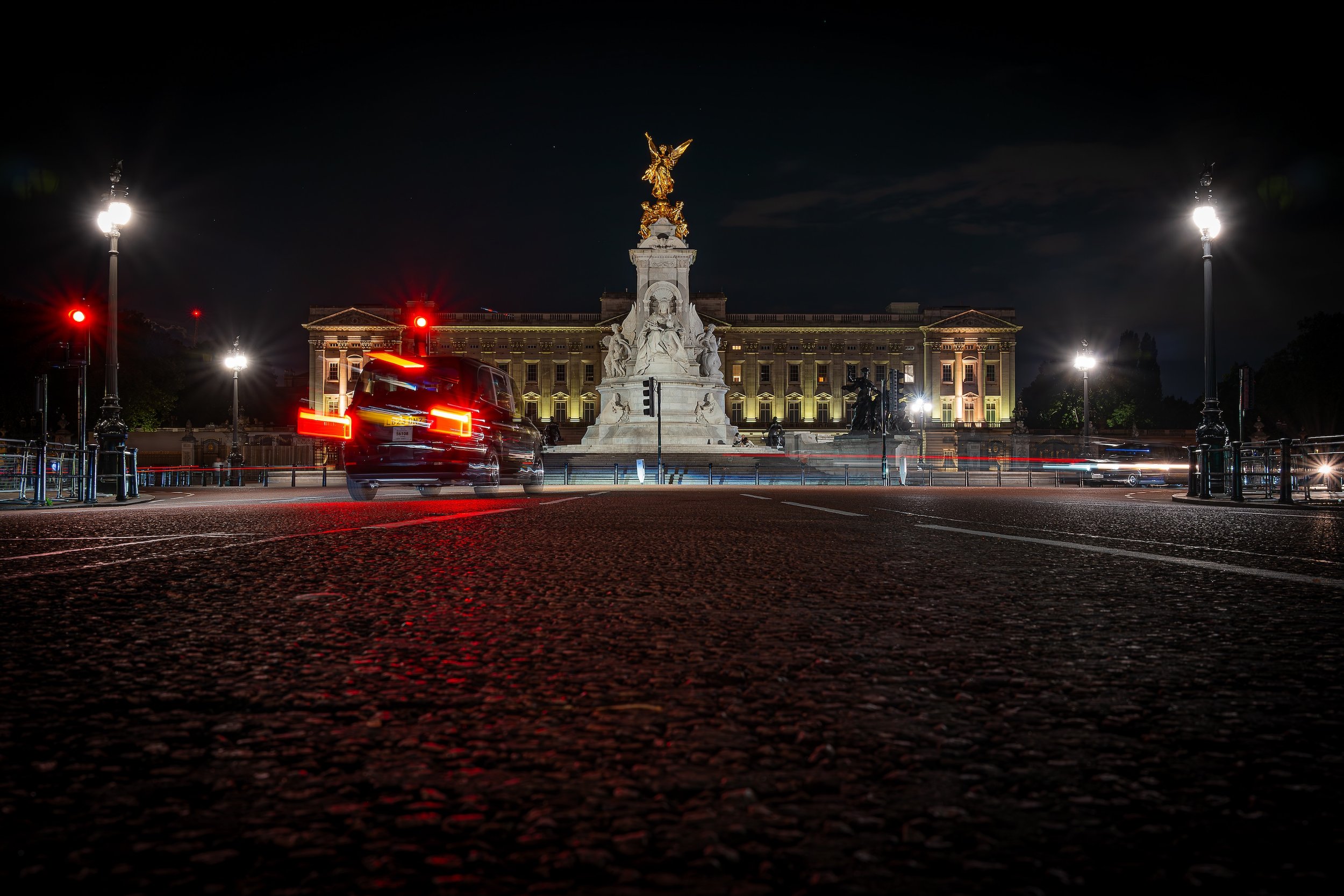
The Palace or the Arms: Which House of Buckingham Would You Rather Visit?
Leica Cameras for Travel

A Sunday Drive in Vaucluse: Navigating Lavender Fields, Cat Naps, and Google Maps.
Leica Cameras for Travel.


A DAY TRIP TO SAINT-PAUL-TROIS-CHATEAU: STAGE 17 OF THE TOUR de FRANCE
Leica Cameras for Travel.
